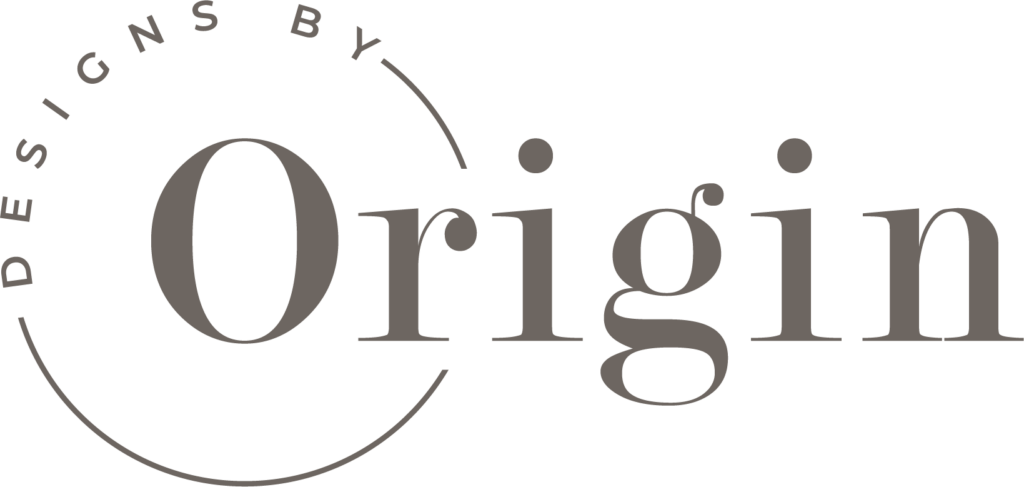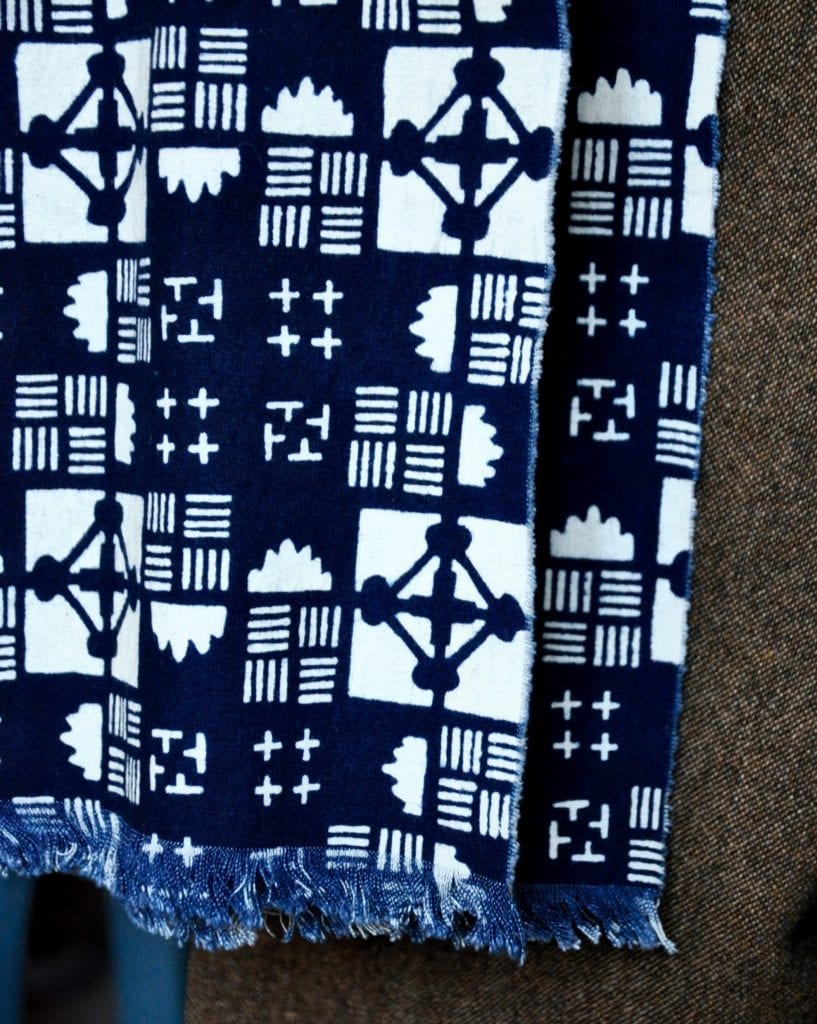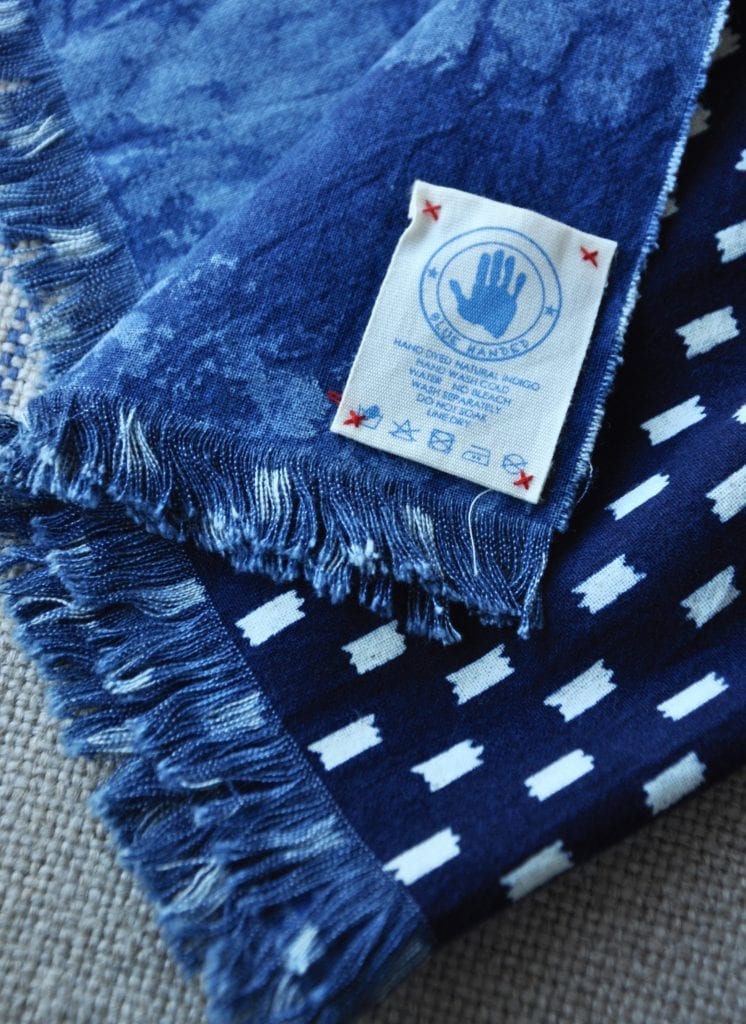We chatted to John Abbate, founder of heritage, Chinese, indigo textiles brand, Blue Handed. His long-held passion for the artisanal or handmade led to a fruitful, fascinating collaboration with a Chinese master dyer.
The background to Blue Handed…
John Abbate changed direction in 2011, having spent 25 years working internationally in visual merchandising, store design and brand building. For Ralph Lauren, Levis and Alfred Dunhill amongst others. First, he designed his own range of upcycled furniture. Then, he relocated to Shanghai, where he set up his own retail consultancy and became a visual merchandising professor at Mod’Art university and creative director at Design Overlay. While, living in Shanghai, he became aware of numerous houses in the old part of the city, that were being demolished to make way for high-rise blocks. Somewhat serendipitously, it was a patterned, Chinese, indigo textile remnant, picked up on one of these demolition sites, that captured John’s imagination. In time, this single piece of cloth helped crystallize John’s growing beliefs in the ‘slow fashion’ movement and set him on the path towards creating the Blue Handed label.
Clockwise, from left: Indigo blue ‘patterned stripe’ scarf/cravat, £35; Indigo blue ‘check’ wide scarf, £55; Indigo blue ‘geometric-patterned’ wide scarf, £55; other pics, as previously; all by Blue Handed through Telescope Style
Fusing past & present with artisanal skills…
After a little research in the city museums, John discovered that the fabric remnant had been traditionally used to make food bags offered as wedding gifts. These textiles representated a rich, Chinese, textile heritage centred around the 800-year-old art of Chinese resist printing with ‘blue grass’ or indigo dye. The Mandarin name for indigo dyed toile or calico is Lan Yin Hua Bu or ‘blue-printed flower cloth.’ This poetic name ties it firmly to a vast, historic archive of floral designs. An archive which also comprises centuries-old geometrics with a surprisingly modern feel.
Hailing from a family of craftsmen, John had always championed artisanal, handmade products. He recognized the potential connection with high-end, luxury merchandise, while rejecting mass production and fast fashion. John is articulate in his defence of the slow fashion movement and is a keen proponent of indigo and its applications, both for fashion and home. Having re-discovered this ancient method of production he says, ‘Not only do handmade textiles preserve cultural heritage and sustain local communities who supply the natural materials and ingredients,’ but ‘traditional techniques often result in minimal wastage or pollution, ensuring the material produced is both ethical and sustainable.’
John getting ‘Blue Handed!’ at the master dyer’s printing workshop in rural China; all textiles by the metre available through Blue Handed
Call in the experts!
John tracked down a small, family-run firm in Eastern Jiangsu province whose dyeing techniques, unchanged for centuries and handed down through four previous generations, are overseen by a highly-skilled Master dyer with over 50 years experience . Indeed an expert recognised as a national treasure by the Chinese authorities. The dyeing process itself involves decorative, traditionally hand-cut patterns being applied to cotton. This is then coated in a resist paste of soybean and lime, before being soaked in a specially formulated vat of natural, indigo plant dyes. ‘The vat at the workshop has been in continuous operation for over two decades,’ John explains ‘and the particular species of indigo plants used to create the dye ensure an incredible richness of colour.’
Clockwise, from left: John, sorting through cushion covers made up from both new and vintage indigo printed cloth. Indigo blue ‘Eastern lattice’ print cushion covers with down feather pads, from £81, by Blue Handed through Telescope Style
Re-imagining traditional styles through collaboration…
John developed the concept of Blue Handed in 2015 with a mission to keep alive the ancient art of Chinese indigo production, by bringing it to the West, for other ‘Indigoists’ to appreciate. John was keen to preserve vanishing craft skills by re-invigorating some of the more traditional patterns, as well as introducing new designs. His range encompasses vintage indigo textiles and re-imagined heritage designs. He also sells exclusive fabrics that are the result of collaborations with Western designers. The latter is something John is keen to explore further, with his bespoke service for trade professionals. ‘The enduring and timeless appeal of a fresh, blue and white colour palette, as a link between East and West, still resonates today,’ says John ‘much as it has done for centuries across other design disciplines. Asian ceramics, for example,’ he continues. ‘Handmade from beginning to end, Chinese, artisan-dyed indigo cloth is a true treasure of the Silk Road’
Click here to see our edit from the Blue Handed range of fashion accessories and homewares, selected for their versatility and elegant patterning. Stylish, unisex scarves feature, alongside elegant, lattice-print cushions redolent of Eastern decorative arts and furnishings. ‘Slow fashion’ and handmade homewares rich in colour and craft certainly work for us. What are your thoughts? Don’t hesitate to pop any questions or comments below or head back to TS Meets to hear the fascinating backstories of our other suppliers…
FOLLOW US/GET IN TOUCH
















